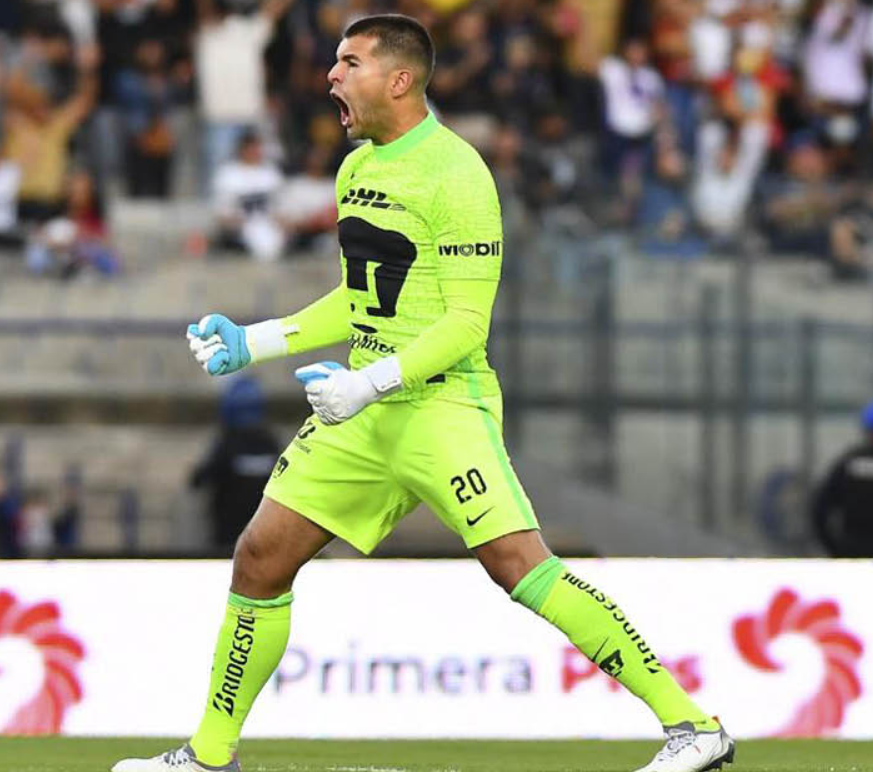Goalkeepers are the last line of defense on the soccer field, and their hands are their most valuable tools. To protect their hands and prevent injuries, goalkeepers rely on a crucial piece of equipment: goalkeeper gloves. In this article, we'll explore the role goalkeeper gloves play in injury prevention and how they contribute to a goalkeeper's safety and performance.
The Importance of Hand Protection
The hands and fingers are highly vulnerable in soccer, particularly for goalkeepers who are constantly diving, blocking shots, and making saves. The impact of a fast-moving ball or collision with an opponent can result in various hand injuries, including:
-
Finger Sprains: The fingers can be easily hyperextended or sprained when trying to stop a powerful shot or handle a high ball.
-
Hand Fractures: The metacarpal bones in the hand are at risk of fracture when subjected to impact or intense pressure.
-
Finger Dislocations: Fingers can become dislocated when bent or twisted during play, causing significant pain and loss of function.
-
Contusions and Abrasions: Bruises and abrasions are common when a goalkeeper's hands come into contact with the ball or ground.
How Goalkeeper Gloves Prevent Injuries
Goalkeeper gloves are designed with specific features that play a crucial role in preventing hand and finger injuries:
1. Latex Palm: The palm of goalkeeper gloves is typically made from latex, a material known for its grip. Latex provides better ball control, reducing the likelihood of mishandling the ball and, consequently, injury.
2. Impact Padding: Many modern goalkeeper gloves come equipped with additional padding in key areas, such as the backhand and fingers. This padding helps absorb the impact of the ball or collisions with opponents, reducing the risk of fractures and contusions.
3. Finger Protection Technology: Some goalkeeper gloves feature finger protection technology, such as spines or finger saves. These elements are designed to limit the hyperextension of the fingers, preventing sprains and dislocations.
4. Wrist Closure: The wrist closure on goalkeeper gloves provides stability to the wrist joint, reducing the risk of hyperextension and sprains when making saves or punches.
5. Breathable Materials: Goalkeeper gloves are constructed with breathable materials that wick away sweat and moisture, reducing the likelihood of skin abrasions and blisters.
Proper Glove Fit and Maintenance
In addition to choosing the right type of goalkeeper gloves, ensuring a proper fit is essential for injury prevention. Gloves that are too loose can shift during play, while overly tight gloves may restrict hand movement. Players should measure their hands and consult sizing charts provided by manufacturers to find the correct size.
Proper maintenance of goalkeeper gloves is equally important. Rinse them with clean water after each use to remove dirt and sweat, and let them air dry away from direct sunlight. Avoid using heat sources like radiators or dryers, as excessive heat can damage the latex and reduce the glove's protective capabilities.
Goalkeeper gloves are not just tools for enhancing performance; they are essential for injury prevention in one of the most physically demanding positions in soccer. By providing grip, impact protection, and finger support, goalkeeper gloves help keep the hands and fingers safe from common soccer-related injuries. Goalkeepers should invest in high-quality gloves, ensure a proper fit, and maintain them regularly to maximize their protective benefits and stay in the game.


